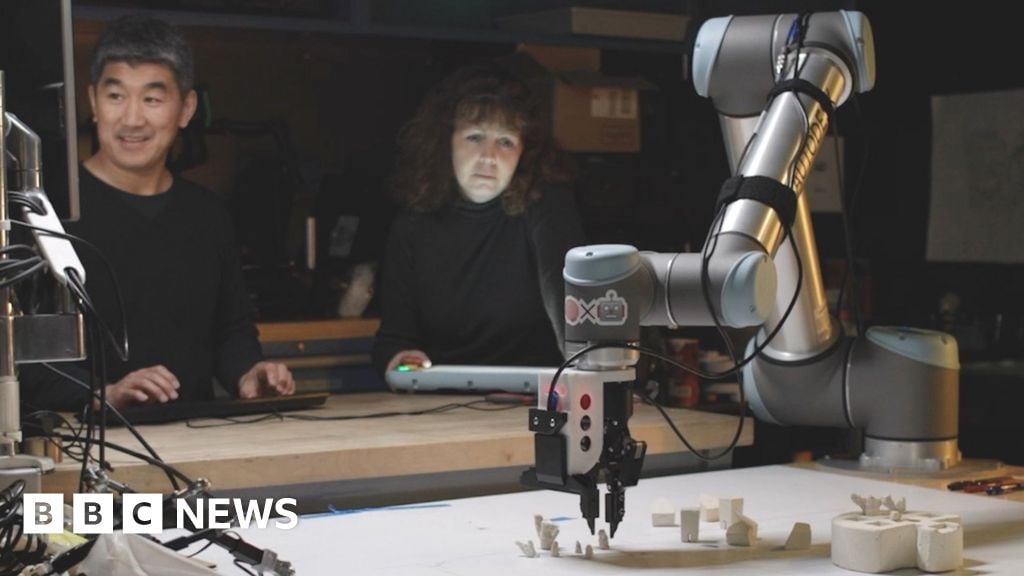Researchers are experimenting with robots to help speed up the restoration of coral reefs.
…
Their researchers have been training an artificial intelligence to control collaborative robots (cobots), which work closely alongside humans.
“Some of these processes in coral propagation are just repetitive pick and place tasks, and they’re ideally suited to robotic automation,” says Ms Foster
A robotic arm can graft or glue coral fragments to the seed plugs. Another places them in the base, using vision systems to make decisions about how to grab it.
“Every piece of coral is different, even within the same species, so the robots need to recognise coral fragments and how to handle them,” says Nic Carey, senior principal research scientist at Autodesk.
“So far, they’re very good at handling the variability in coral shapes.”



This is the best summary I could come up with:
“It’s a really special part of the world,” says marine biologist Taryn Foster from the Abrolhos Islands, 40 miles from the coast of Western Australia.
“Climate change is the most significant threat to coral reefs around the world,” says Cathie Page from the Australian Institute of Marine Science’s (AIMS).
“Severe bleaching events caused by climate change can have very negative effects,” Ms Page continues, “and we don’t have good solutions yet”.
“Some of these processes in coral propagation are just repetitive pick and place tasks, and they’re ideally suited to robotic automation,” says Ms Foster
However the real world presents many challenges: wet, living coral needs to be handled delicately, possibly on a moving boat, and saltwater is potentially damaging to electronics.
“To stay ahead of the curve and enable coral reefs to survive a warming future requires a substantial investment of time, money, and human capital,” says AIMS scientist Cathie Page.
The original article contains 904 words, the summary contains 152 words. Saved 83%. I’m a bot and I’m open source!